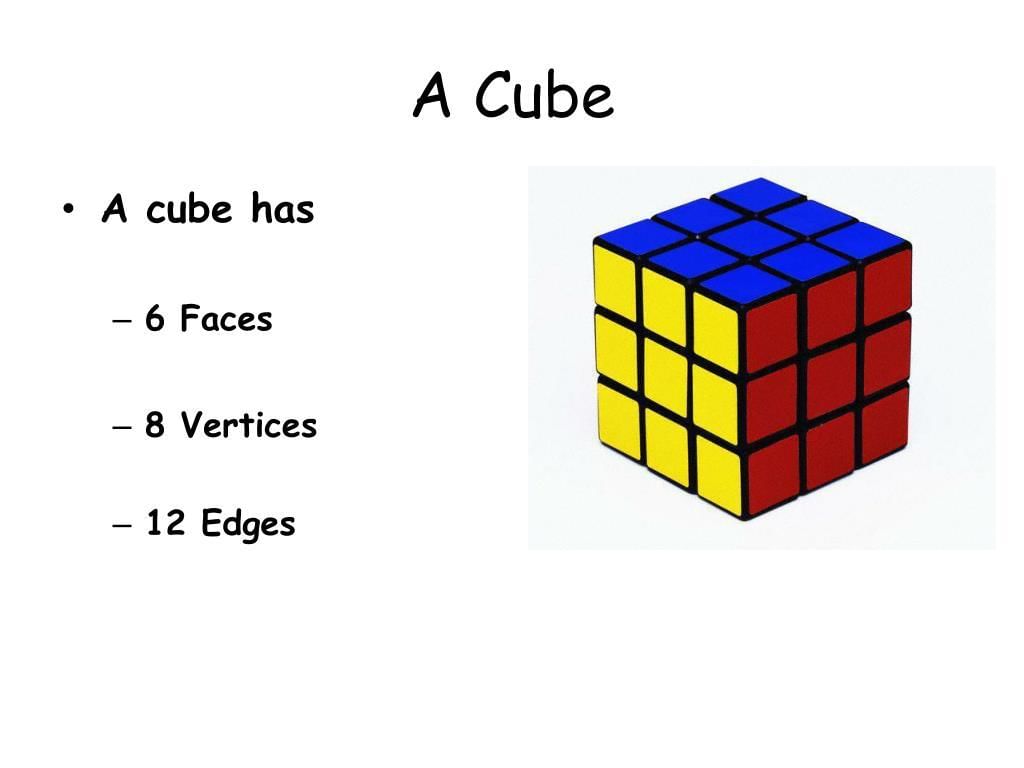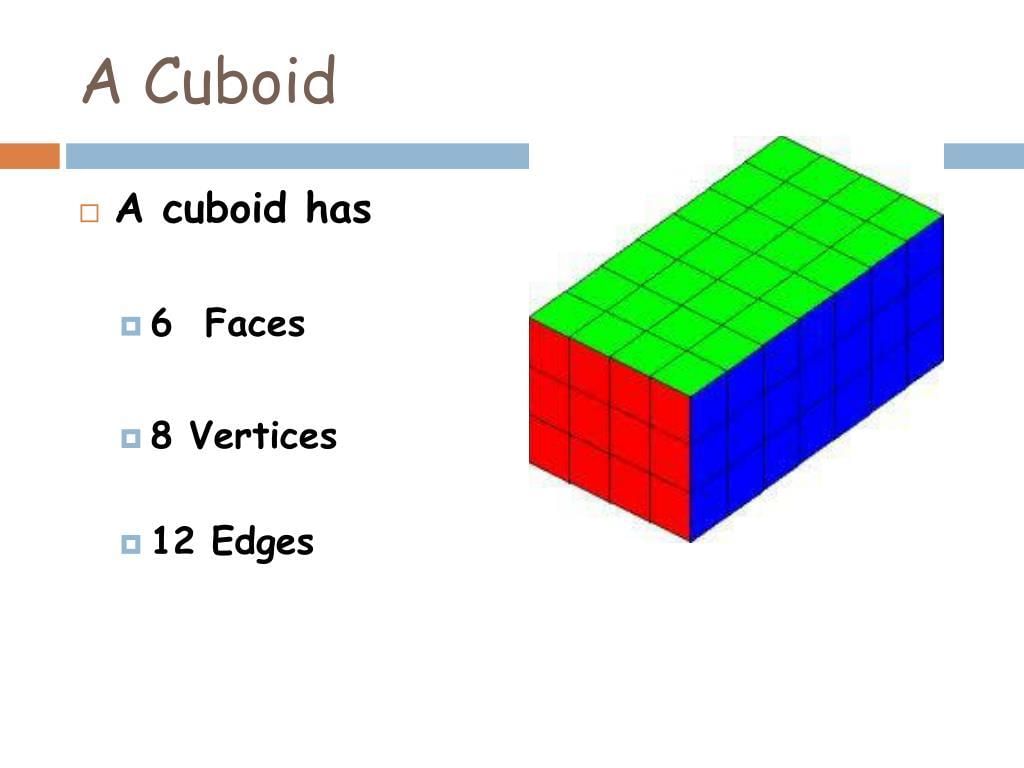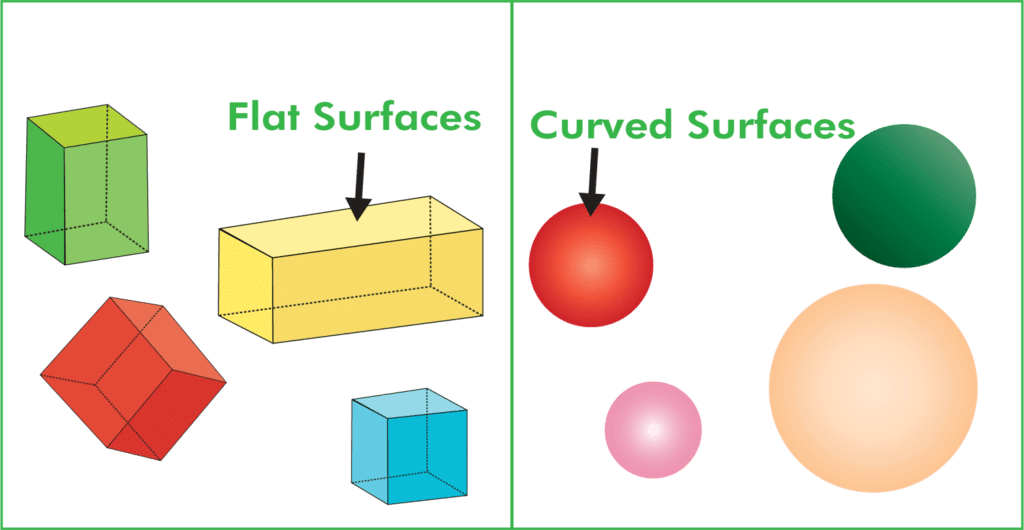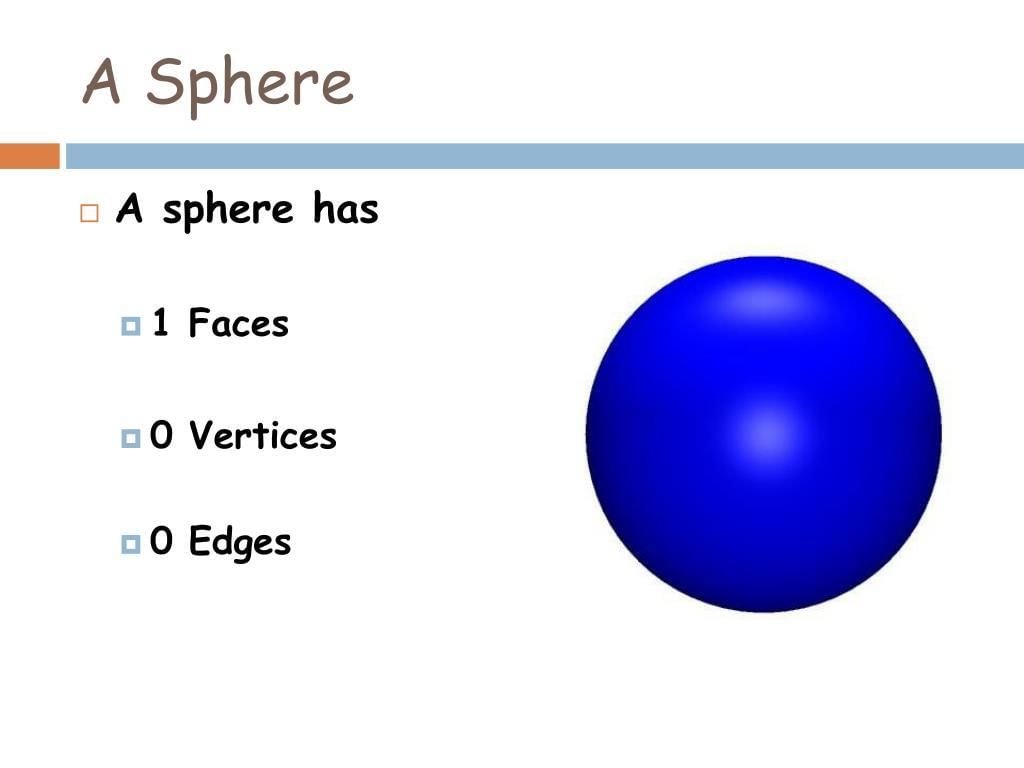Everyday Mathematics: Geometrical Shapes and Solids | Mathematics Olympiad for Class 1 PDF Download
Q1. A dice is shaped like a cube. How many faces does it have?
(a) 4
(b) 6
(c) 8
(d) 12
Ans: (b) 6
A cube has 6 faces, all of which are squares.
A dice is a cube, so it has 6 faces.
Q2. A lunch box is shaped like a cuboid. How many edges does it have?
(a) 6
(b) 8
(c) 12
(d) 14
Ans: (c) 12
A lunch box is a cuboid, so it has 12 edges.
Q3. A ball is shaped like a sphere. How many flat faces does it have?
(a) 0
(b) 1
(c) 2
(d) 3
Ans: (a) 0
A sphere is a round 3D shape with no flat faces. It is curved all around.
Q4. A gift box is a cube with each side 5 cm long. How many vertices does it have?
(a) 4
(b) 6
(c) 8
(d) 10
Ans: (c) 8
A cube has 8 vertices.
The length of the side doesn’t change the number of vertices.
Q5. A brick is a cuboid. If it has 6 faces, how many faces are rectangles?
(a) 2
(b) 4
(c) 6
(d) 8
Ans: (c) 6
A cuboid has 6 faces, and all of them are rectangles.
Q6. A tissue box is a cuboid with 12 edges. How many corners (vertices) does it have?
(a) 4
(b) 6
(c) 8
(d) 10
Ans: (c) 8
A cuboid has 8 vertices. The number of edges (12) confirms it’s a cuboid.
Q7. A chocolate bar is shaped like a cuboid. If its length is 10 cm, breadth is 5 cm, and height is 2 cm, how many faces does it have?
(a) 4
(b) 6
(c) 8
(d) 12
Ans: (b) 6
A cuboid always has 6 faces.
Q8. A Rubik’s cube is a cube. How many edges does it have?
(a) 6
(b) 8
(c) 10
(d) 12
Ans: (d) 12
A cube has 12 edges.
A Rubik’s cube is a cube, so it has 12 edges.
Q9. A water tank is a cuboid with a length of 3 meters, breadth of 2 meters, and height of 1 meter. How many faces does it have?
(a) 4
(b) 6
(c) 8
(d) 10
Ans: (b) 6
A cuboid has 6 faces. The dimensions don’t change the number of faces.
Q10. A soccer ball is shaped like a sphere. How many edges does it have?
(a) 0
(b) 6
(c) 8
(d) 12
Ans: (a) 0
A sphere has no edges because it is a round 3D shape with no straight lines.
|
29 videos|109 docs|65 tests
|
FAQs on Everyday Mathematics: Geometrical Shapes and Solids - Mathematics Olympiad for Class 1
| 1. What are the basic geometric shapes that children should learn in Class 1? |  |
| 2. How can I help my child recognize different geometric shapes at home? |  |
| 3. What are geometric solids, and how do they differ from geometric shapes? |  |
| 4. Why is it important for children to learn about shapes and solids in early education? |  |
| 5. What fun activities can I do with my child to teach them about shapes and solids? |  |




















